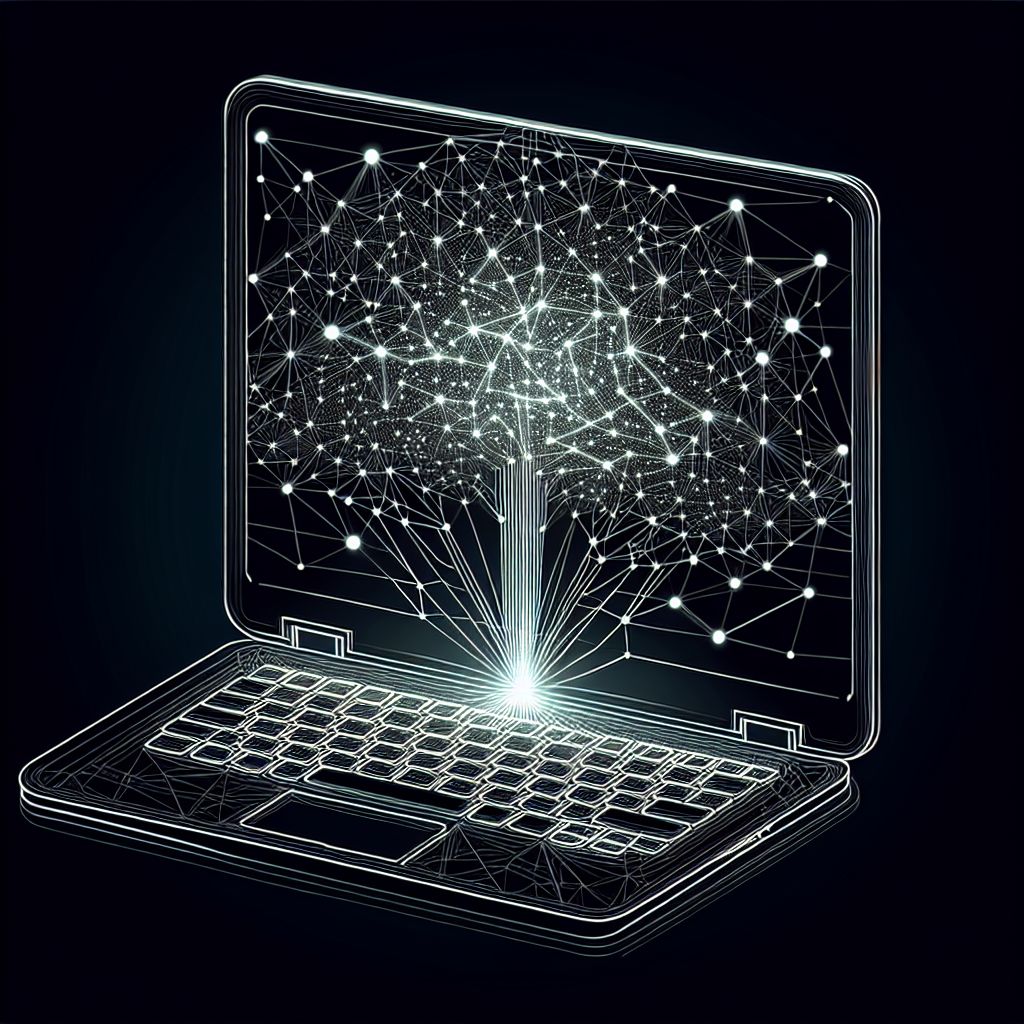Real-Time Local AI Drawing: A Comprehensive Guide on Installation and Performance
In an era where digital art and privacy concerns take the forefront, the advent of local AI drawing tools is a significant milestone. The recent tutorial provided by Matthew Bell presents a detailed walkthrough on installing a real-time local AI drawing program. This guide ensures that the once complex process is accessible to a broad audience, breaking down the barriers of entry for those who are not expert technologists. In this article, we delve into the nuances of setting up this groundbreaking technology in the comfort of your home, ensuring complete privacy, all at no cost.
Understanding System Requirements
Before diving into the installation process, it is critical to assess whether your hardware is capable of supporting real-time AI drawing. As emphasized in the tutorial, a dedicated GPU with at least 8GB of memory serves as the baseline for smooth operation, with the Aorus 17x laptop's RTX 4080 card being an exemplary component that far exceeds the minimum requirements.
To determine compatibility, a check of the GPU's dedicated memory via the task manager provides a clear indication of whether one's system is ready for local AI. For those with less powerful hardware, the tutorial serves as an encouragement to upgrade, highlighting the ever-growing demand for high-spec technology in the realm of AI-driven applications.
Installation Walkthrough
The guide emphasizes the importance of user-friendliness in the installation process. From the utilization of 7zip for file compression tasks to the installation of Git for streamlined software setup, each step is designed to simplify the user experience.
The process involves several downloads, each pivotal to the functionality of the local AI drawing tool. The need for a comfy UI manager stands out as an essential component, allowing for the effortless management of custom workflows crucial for real-time drawing.
Custom Workflow and User Interface
An intriguing aspect of the tutorial is the custom workflow created by Bell, which seems to fit perfectly with the comfy UI. This synergy allows for real-time image manipulation, aligning with user inputs to render illustrations based on their drawings and prompts. The attention to detail in the guide ensures that users can seamlessly transition from the setup to actively engaging with the AI drawing tool, fostering a space of creativity and innovation.
Real-Time Drawing and its Implications
The real-time drawing feature is a significant breakthrough, as showcased by Bell's demonstration of transforming simple doodles into complex images instantaneously. It signifies a paradigm shift in how artists and creators can interact with AI, offering a hands-on approach that was previously unattainable in local environments.
Performance and Portability
The Aorus 17x laptop, sponsored by Gigabyte, plays an essential role in the demonstration, underscoring the necessity of powerful hardware for real-time AI applications. The laptop’s ability to run AI processes and handle video recording simultaneously speaks volumes about the advancements in portable computing power. The tutorial serves not only as a guide for installing AI drawing tools but also stands as testament to the evolution of portable computers as substitutes for full desktop setups.
In conclusion, the walkthrough provided by Matthew Bell is an invaluable resource for both novices and seasoned users looking to explore the world of local AI drawing. It brings the technology out of the shadows of the internet and into the safety and privacy of one's home, all while maintaining the highest degree of user-friendliness. With this guide, the future of digital art is looking more exciting and accessible than ever.
For more background information on AI drawing tools and GPU requirements, you can explore the following resources:
The intersection of AI with creative endeavors such as digital art is rapidly expanding, and resources like the ones provided by Bell ensure that more individuals can partake in this technological revolution. If privacy and autonomy in the digital creation space are of interest to you, the emergence of local AI drawing tools marks a significant stride forward in realizing these values.
Related News
- A Deep Dive into Local AI Video Generation: Unleashing Creativity from the Comfort of Your Home
- The Revolution of Real-Time AI Image Generation: An In-Depth Analysis
- Unlocking Local AI: The Power of Large Language Models on the RTX 5090
- The Thrilling Week in AI: Luma AI, Stable Diffusion 3, and Beyond
- Navigating the Ever-Evolving Maze of AI: A Deep Dive into Current Progress and Potentials
